- Winter Planting for Your Garden: Uncommon but Worth Trying Crops
- 1. Winter Kale
- 2. Brussels Sprouts
- 3. Winter Radishes
- 4. Winter Lettuce
- 5. Winter Herbs
- Why Winter Planting?
- Benefits of Winter Planting
- Hardy Greens for Winter Planting
- Root Vegetables for Winter Harvest
- 1. Parsnips
- 2. Rutabagas
- 3. Salsify
- 4. Jerusalem Artichokes
- 5. Kohlrabi
- Colorful Flowers to Brighten Your Winter Garden
- Pansies
- Winter Jasmine
- Hellebores
- Christmas Cactus
- Winterberry
- Unique Herbs to Grow in Winter
- 1. Wintergreen
- 2. Lovage
- 3. Sorrel
- 4. Lemon Balm
- 5. Chervil
- Winter-Adapted Fruits for a Bountiful Harvest
- 1. Winterberry
- 2. Persimmon
- 3. Kiwi
- 4. Cranberry
- 5. Raspberry
- Tips for Successful Winter Planting
- 1. Choose Winter-Hardy Plants
- 2. Provide Protection
- 3. Plant in Raised Beds or Containers
- 4. Amend the Soil
- 5. Water Properly
- 6. Consider Companion Planting
- 7. Mulch the Soil
- 8. Monitor for Pests and Diseases
- 9. Harvest Regularly
- 10. Extend the Season with Season Extenders
- “Question-Answer”
- Can I plant crops in the winter?
- What are some examples of crops that can be planted in winter?
- Why would I want to plant crops in the winter?
- Do I need any special equipment or protection to plant crops in the winter?
- What is the best time to plant winter crops?
- Are there any specific considerations I should keep in mind when planting crops in the winter?
- What are the benefits of winter gardening?
- “Video” 5 Must-Grow Perennial Vegetables: Harvest Year After Year…
As the cold weather sets in and most gardeners hang up their gardening tools for the season, a select few are gearing up for a different kind of gardening adventure – winter planting. While it may not be a common practice, winter planting can offer a unique opportunity to grow a variety of crops that thrive in the cool temperatures and shorter daylight hours of the winter season.
One of the main benefits of winter planting is the ability to extend the growing season and enjoy fresh produce throughout the colder months. By carefully selecting crops that can tolerate and even thrive in the winter conditions, gardeners can continue to harvest vegetables long after the traditional growing season has ended. This not only provides a source of fresh, homegrown food during the winter but also helps to diversify the diet and reduce reliance on store-bought produce.
In addition to extending the growing season, winter planting can also offer some unique flavors and textures that are not found in crops grown during the warmer months. Certain vegetables, such as kale and Brussels sprouts, actually benefit from the colder temperatures and develop a sweeter flavor and tender texture when exposed to frost. This adds a new dimension to dishes and allows for more culinary creativity in the kitchen.
“By experimenting with winter planting and trying out different crops, gardeners can discover new favorites and expand their gardening horizons.”
While winter planting may require some additional planning and protection to keep the crops safe from harsh weather conditions, many gardeners find the challenge worth the effort. Whether it’s growing cold-hardy greens like spinach and arugula or experimenting with more unusual crops like winter radishes and mâche, there is a wide range of options to consider when it comes to winter planting. So why not break away from the conventional and give winter planting a try? You may be surprised by the rewards it brings to your garden and plate.
Winter Planting for Your Garden: Uncommon but Worth Trying Crops
While many gardeners believe that winter is a time to rest and plan for the coming spring, there are actually several crops that can be successfully grown during the colder months. These winter crops are often less common but definitely worth trying in your garden. Not only will they provide you with fresh produce during the winter, but they can also add variety and excitement to your gardening experience.
1. Winter Kale
Kale is a hardy leafy green that can withstand cold temperatures and even frost. Winter varieties of kale, such as Lacinato or Red Russian, are specifically bred to thrive in colder conditions. Planting winter kale in your garden will give you a steady supply of nutritious greens throughout the winter months.
2. Brussels Sprouts
Brussels sprouts are a cool-season vegetable that can be planted in late summer or early fall for a winter harvest. These miniature cabbages are packed with vitamins and can withstand frost and cold temperatures. The sweet flavor of freshly harvested Brussels sprouts will be a delicious addition to your winter meals.
3. Winter Radishes
Radishes are typically associated with spring and summer gardening, but there are also varieties that are specifically adapted for winter growing. Winter radishes, such as Black Spanish or Watermelon, have a longer growing season and can be sown in late summer or early fall. The crisp and mildly spicy taste of winter radishes can offer a refreshing twist to your winter salads.
4. Winter Lettuce
While lettuce is often grown in the spring and fall, there are certain varieties that can thrive in colder temperatures. Winter lettuce, such as Mâche or Winter Density, can withstand frost and continue to grow throughout the winter. Planting winter lettuce in your garden will provide you with fresh and crispy leaves for salads during the colder months.
5. Winter Herbs
Herbs like rosemary, thyme, and sage are known for their ability to withstand winter temperatures. Planting these winter herbs in your garden will not only provide you with fresh herbs throughout the winter, but they will also add aroma and flavor to your winter dishes. Plus, having fresh herbs on hand will save you from having to buy expensive store-bought ones.
By trying out these uncommon but worthy winter crops in your garden, you can extend your growing season and enjoy fresh produce even during the colder months. Not only will it be a rewarding experience, but it will also add diversity and excitement to your winter gardening.
Why Winter Planting?
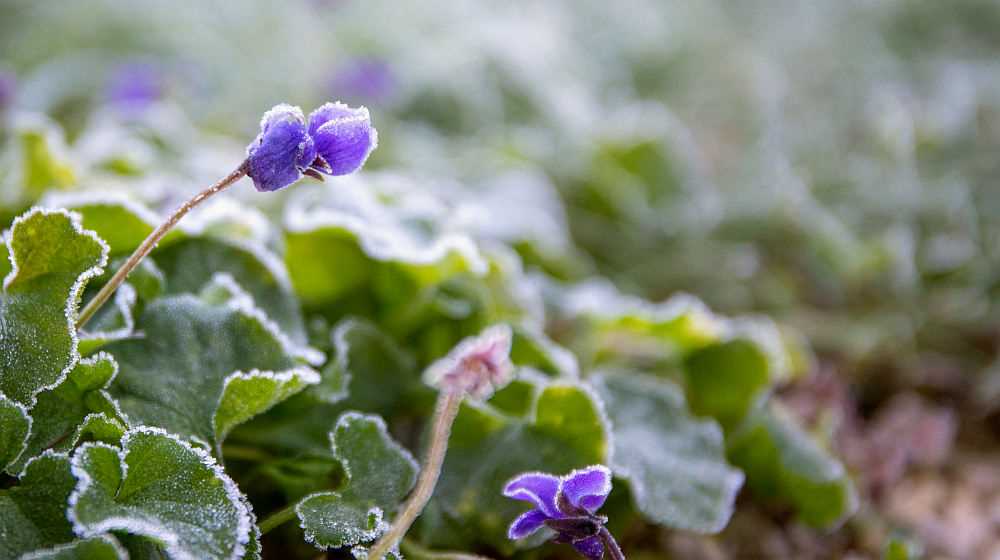
Many gardeners often associate winter with a period of hibernation for their gardens. However, winter planting is a lesser-known technique that has several benefits. Consider these reasons why you should give winter planting a try:
- Extended growing season: Winter planting allows you to extend your growing season and enjoy fresh produce even during the colder months. Certain crops, such as cold-hardy vegetables and greens, can thrive in lower temperatures.
- Less competition: By planting in winter, you’ll face less competition from pests and diseases that thrive in the warmer months. This can result in healthier plants and higher yields.
- More efficient water usage: Winter is typically a wetter season in many regions, which means you can rely on natural rainfall to water your crops. This can help conserve water and reduce your overall water usage.
- Increase soil fertility: Winter cover crops, such as legumes and grains, can be planted to improve soil fertility. These crops can fix nitrogen in the soil, reduce erosion, and provide green manure for the upcoming growing season.
- Enjoy gardening year-round: Winter planting allows you to continue enjoying the benefits of gardening throughout the year. It provides a productive and satisfying activity during the colder months when outdoor activities may be limited.
While winter planting may require a bit of extra planning and protection for your plants, the benefits can outweigh the challenges. With the right choice of crops and proper care, you can create a thriving winter garden that brings fresh and nutritious produce to your table.
Benefits of Winter Planting
- Extended Growing Season: Winter planting allows you to extend your growing season and enjoy fresh produce even during the colder months.
- Less Competition: Winter crops are not as popular as summer crops, so you will have less competition from other gardeners and a higher chance of success.
- Less Pests and Diseases: Winter pests and diseases are often less active, reducing the risk of crop damage and allowing your plants to grow healthier.
- Improved Soil Health: Winter crops can help improve soil health, as they take up nutrients and prevent erosion during the dormant season.
- Save Money: Since winter crops are not as popular, you can often find seeds and seedlings at discounted prices, saving you money on your garden expenses.
- Tasty and Nutritious Harvest: Winter crops, such as kale, broccoli, and Brussels sprouts, are known for their delicious flavors and high nutritional value.
- Opportunity for Experimentation: Winter planting gives you the opportunity to try growing unconventional crops that you may not have considered before, adding variety to your garden.
- Support Local Wildlife: Winter crops can provide a valuable food source for local wildlife, such as birds and insects, during the colder months when natural food is scarce.
Overall, winter planting brings numerous benefits to your garden, including an extended growing season, reduced competition, improved soil health, and the opportunity to try new crops. So why not give it a try and see what wonders you can cultivate in your winter garden?
Hardy Greens for Winter Planting
Winter planting offers a unique opportunity to grow a variety of hardy greens in your garden. These greens are able to withstand colder temperatures and can add a splash of color and flavor to your winter meals. Here are some hardy greens that are worth trying for winter planting:
- Kale: Kale is a popular winter green that can handle frost and cold temperatures. It comes in many varieties, such as curly kale and Tuscan kale, and is packed with nutrients. Kale can be harvested throughout winter and even after some snowfall.
- Swiss Chard: Swiss chard is another versatile winter green that can tolerate chilly weather. It has colorful stems and dark green leaves that can be harvested as baby greens or allowed to grow to full size. Swiss chard adds a vibrant touch to winter salads and sautées.
- Spinach: Spinach is a cool-season crop that thrives in winter gardens. It is rich in iron and other essential nutrients. Spinach can be harvested as baby leaves for salads or grown to maturity for cooking purposes. It can withstand light frosts and is a great addition to any winter garden.
In addition to these hardy greens, other options for winter planting include arugula, mizuna, and mustard greens. These greens can handle cold temperatures and will provide you with fresh and nutritious options during the winter months.
When planning your winter garden, consider providing some protection for your plants, such as row covers or cold frames, to shield them from extreme cold or heavy snowfall. This will help extend their growing season and ensure a bountiful harvest.
| Green | Temperature Tolerance | Harvest Time |
|---|---|---|
| Kale | Can handle frost and cold temperatures | Harvest throughout winter |
| Swiss Chard | Tolerates chilly weather | Harvest as baby greens or full size |
| Spinach | Withstands light frosts | Harvest as baby leaves or mature plants |
Root Vegetables for Winter Harvest
Root vegetables are a great option for winter gardening because they can withstand cold temperatures and provide a fresh harvest throughout the winter months. Here are some uncommon but worth trying root vegetables for your garden:
1. Parsnips
Parsnips are a delicious and sweet root vegetable that thrive in cold temperatures. They can be harvested in the winter months and can even improve in flavor after being exposed to frost. Their long roots can be roasted, mashed, or used in soups and stews.
2. Rutabagas
Rutabagas, also known as swedes, are a cross between a turnip and a cabbage. They have a sweet and slightly spicy flavor and are excellent for winter stews and roasting. They can be harvested throughout the winter months and can withstand frost.
3. Salsify
Salsify, also known as the “oyster plant,” has a unique flavor that resembles oysters when cooked. This root vegetable can be harvested in late fall and grown throughout the winter. It can be used in soups, stews, and even roasted as a side dish.
4. Jerusalem Artichokes
Jerusalem artichokes, also known as sunchokes, are a type of sunflower root that can be harvested in the winter months. They have a nutty and sweet flavor and can be eaten raw or cooked. They are great for roasting, sautéing, or making creamy soups.
5. Kohlrabi
Kohlrabi is a root vegetable that belongs to the brassica family. Its bulbous stem can be harvested in the winter months and has a mild, sweet flavor. It can be eaten raw in salads or cooked in stir-fries and soups.
These root vegetables are not commonly found in regular grocery stores, making them a unique addition to your winter garden. They are also full of nutrients and can be a great source of fresh produce during the winter months. Consider trying these root vegetables for a diverse and flavorful winter harvest!
Colorful Flowers to Brighten Your Winter Garden
When it comes to winter gardening, many people think of barren landscapes and a lack of color. However, there are plenty of beautiful flowers that can bring vibrant hues to your winter garden. These hardy plants can withstand the cold temperatures and add a pop of color to your outdoor space.
Pansies
Pansies are a popular choice for winter gardens due to their ability to tolerate cold weather. These flowers come in a wide range of colors, including shades of purple, blue, yellow, and orange. They can be planted in flower beds, containers, or even hanging baskets to add a cheerful touch to your garden.
Winter Jasmine
Winter jasmine is a flowering shrub that blooms during the winter months. Its bright yellow flowers can bring a burst of color to a dreary winter landscape. This hardy plant is easy to grow and can be trained to climb up trellises or walls, making it a versatile addition to any garden.
Hellebores

Hellebores, also known as Christmas roses, are another excellent choice for a winter garden. These perennial flowers feature elegant blooms in various shades of white, pink, purple, and green. They thrive in shady areas and can add a touch of beauty to your garden when other plants are dormant.
Christmas Cactus

A Christmas cactus is a popular houseplant that can also be grown outdoors during the winter months. This plant produces stunning flowers in shades of pink, red, or white, bringing a festive vibe to your garden. Christmas cacti are relatively low-maintenance and can be grown in containers or hanging baskets.
Winterberry
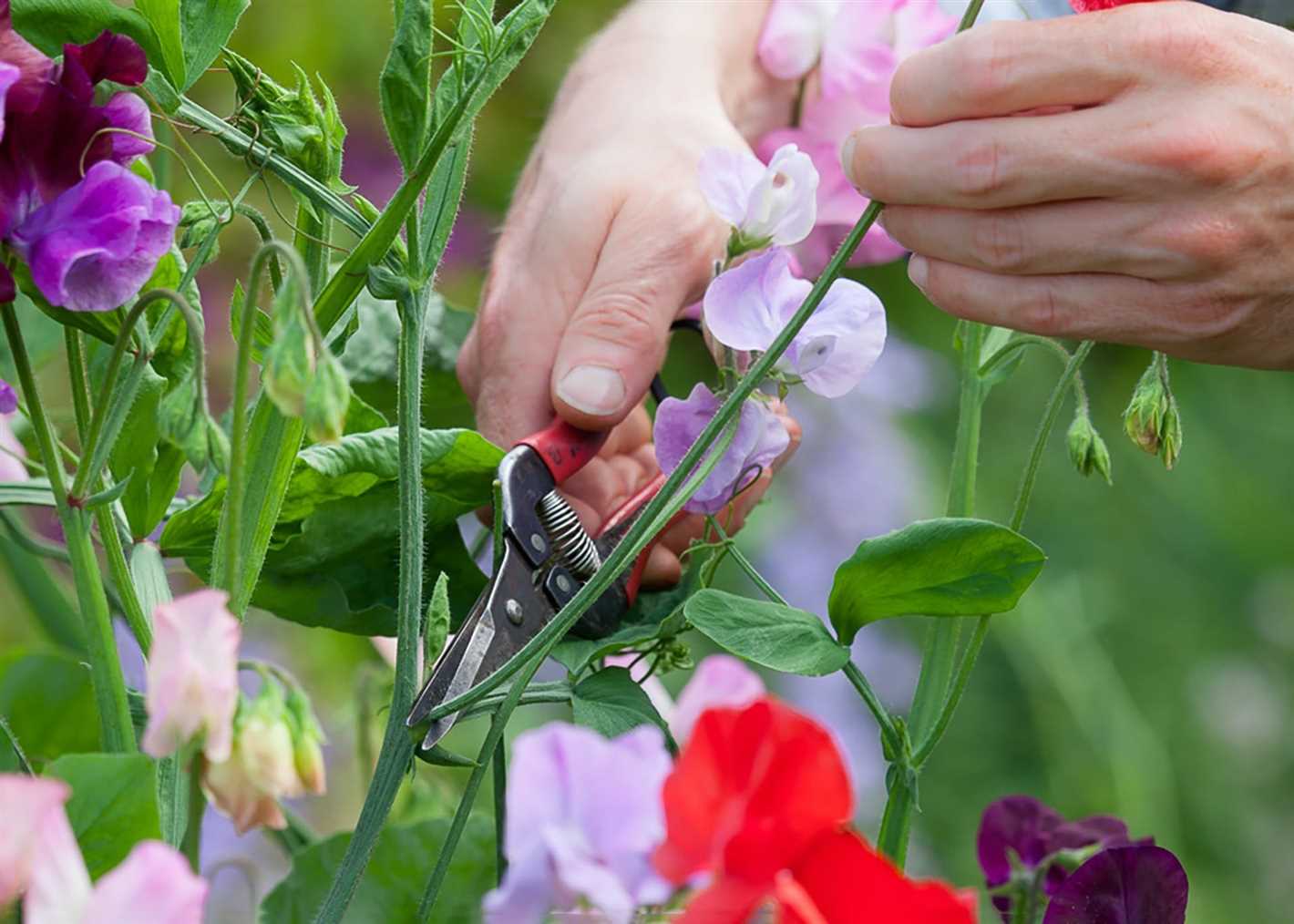
If you’re looking to add some vibrant berries to your winter garden, consider planting winterberry. This deciduous shrub is known for its bright red berries that persist through the winter months, providing food for birds and adding a burst of color. Winterberries can be grown in containers or used as a hedge to create a striking focal point in your garden.
| Flower | Colors | Growing Conditions |
|---|---|---|
| Pansies | Purple, blue, yellow, orange | Full sun to partial shade |
| Winter Jasmine | Bright yellow | Full sun to partial shade |
| Hellebores | White, pink, purple, green | Shade to partial sun |
| Christmas Cactus | Pink, red, white | Partial shade |
| Winterberry | Bright red | Full sun to partial shade |
These colorful flowers can bring life and beauty to your winter garden. Whether you choose pansies, winter jasmine, hellebores, Christmas cactus, or winterberry, each of these plants offer their own unique charm and can brighten up even the dreariest winter day. So don’t be afraid to add some color to your outdoor space this winter!
Unique Herbs to Grow in Winter
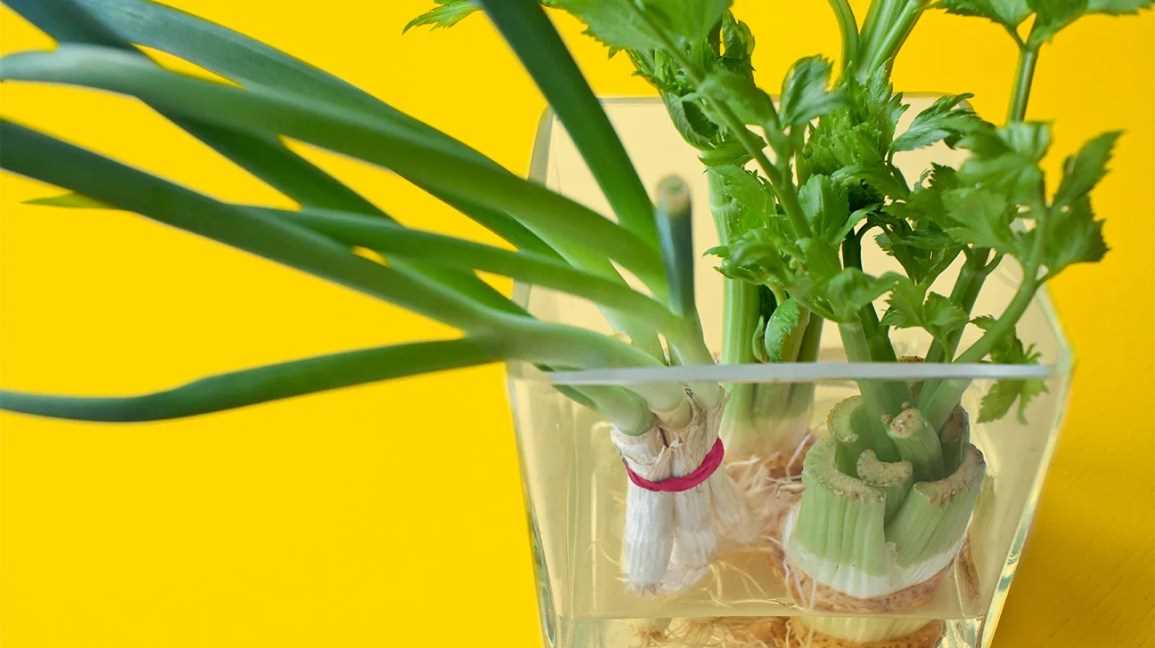
While winter may seem like a challenging time to grow herbs, there are actually several unique varieties that thrive in colder temperatures. These herbs not only add flavor to your dishes but also bring a touch of green to your winter garden. Here are a few unique herbs that are worth growing during the winter months:
1. Wintergreen
Wintergreen is a native herb that retains its green color even during the coldest months. Its leaves have a minty flavor and can be used in teas, desserts, and even as a garnish. Wintergreen plants prefer partial shade and moist soil, making them a great choice for winter gardens.
2. Lovage
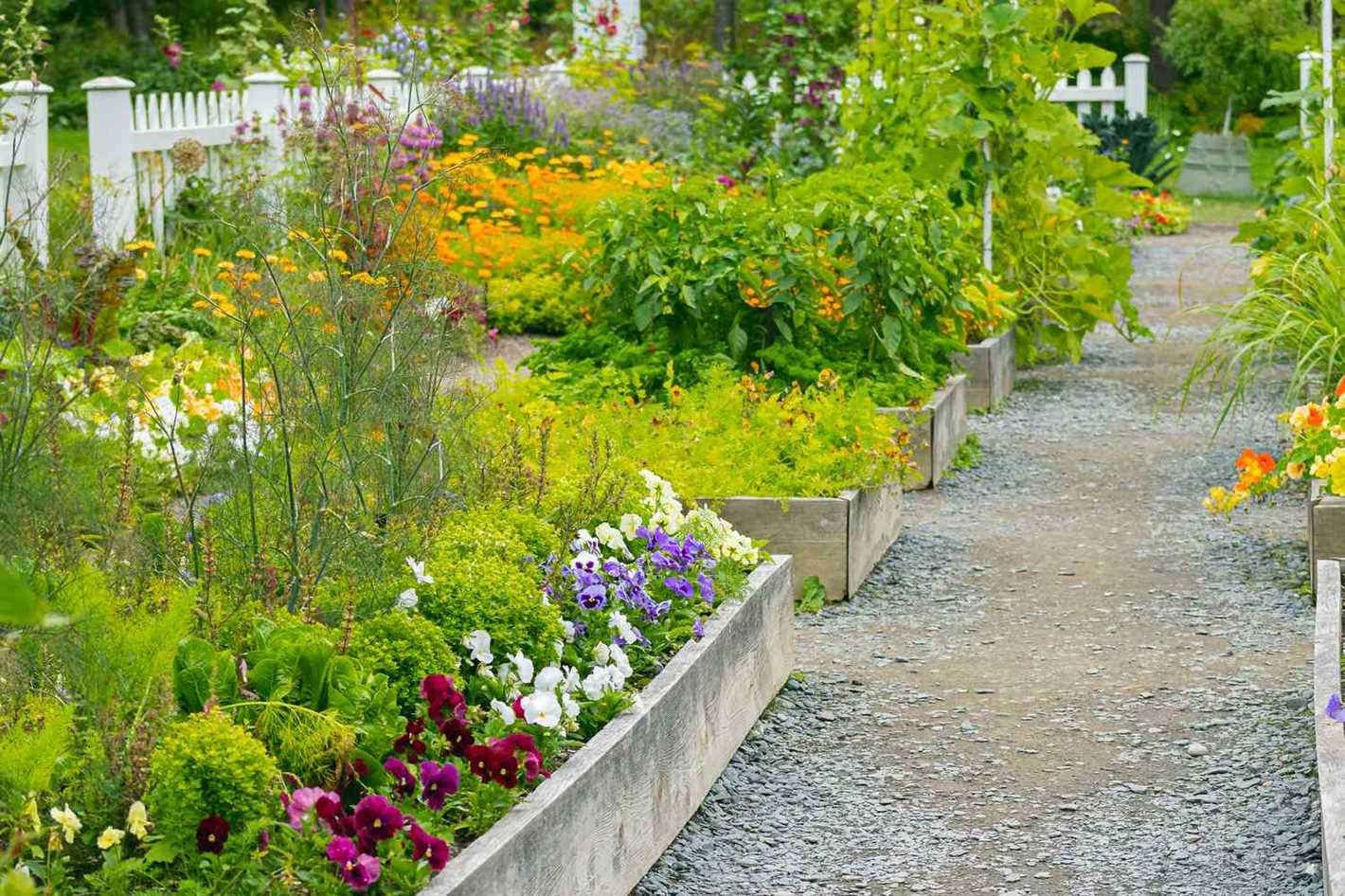
Lovage is a perennial herb that can withstand freezing temperatures. It has a taste similar to celery and is often used as a substitute in recipes. Lovage plants can tolerate a wide range of conditions and are a great addition to any winter garden.
3. Sorrel
Sorrel is a leafy green herb that thrives in cooler weather. It has a tangy, lemony flavor and is often used in soups, salads, and sauces. Sorrel plants prefer a well-drained soil and can be grown in containers or directly in the ground.
4. Lemon Balm
Lemon balm is a versatile herb that can be enjoyed year-round. It has a bright, citrusy flavor and can be used in teas, desserts, and savory dishes. Lemon balm plants prefer full sun and well-drained soil, making them a great choice for winter gardens.
5. Chervil
Chervil is an herb with delicate leaves and a mild anise flavor. It is often used in French cuisine and pairs well with fish, eggs, and salads. Chervil seeds can be sown directly in the ground during winter, and the plants prefer partial shade and moist soil.
By growing these unique herbs in your winter garden, you can enjoy fresh flavors and greenery even during the coldest months. Just make sure to provide them with the right conditions and care, and you’ll have a thriving herb garden all winter long. Happy planting!
Winter-Adapted Fruits for a Bountiful Harvest
While many people think of winter as a time when their garden is dormant, there are actually several fruits that can be grown and harvested during the colder months. These winter-adapted fruits not only add beauty to your garden but also provide you with a bountiful harvest even when there is snow on the ground.
1. Winterberry
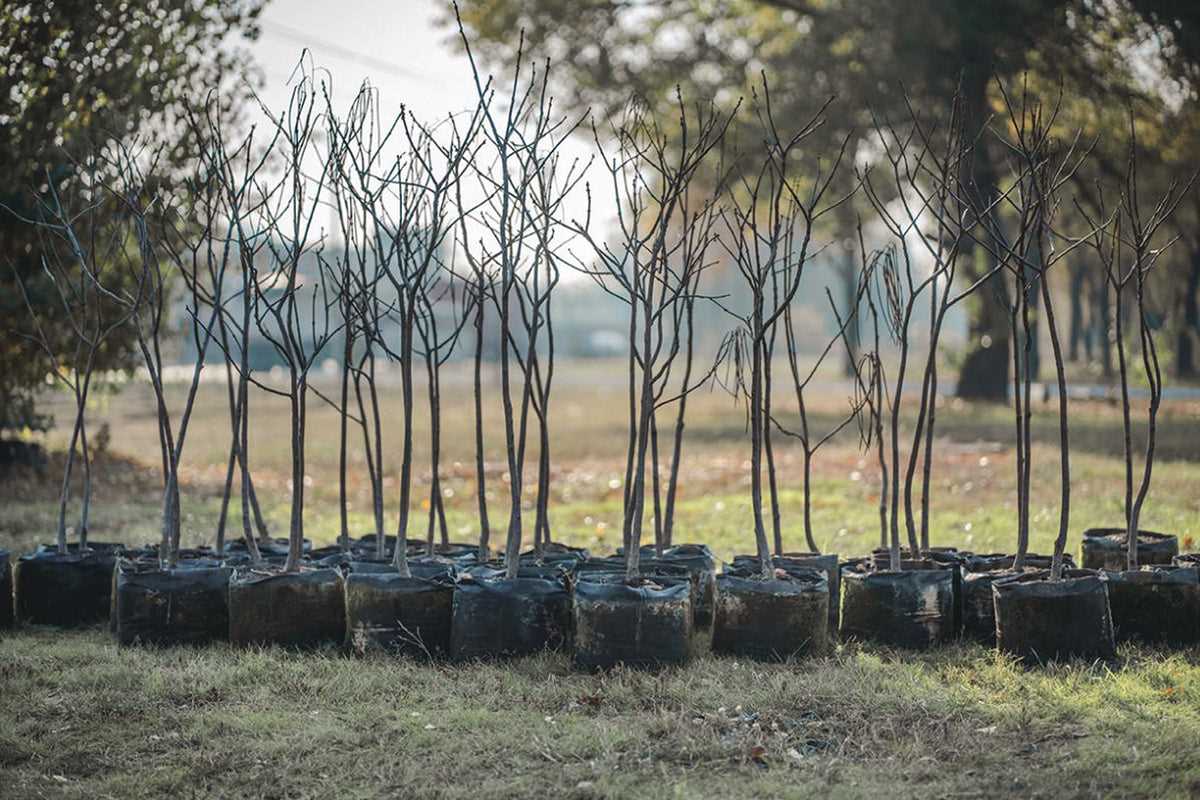
Winterberry, also known as holly, is a deciduous shrub that produces bright red berries in the winter. These berries are a valuable food source for birds and can also be used to make festive holiday decorations.
2. Persimmon
Persimmons are a fruit that is native to Asia but can also be grown in colder climates. The deep orange fruits ripen in late fall and can be harvested throughout the winter. Their sweet flavor makes them a popular choice for baking and eating fresh.
3. Kiwi
While kiwi is typically associated with tropical climates, there are hardy cultivars that are adapted to colder regions. These winter-hardy kiwis produce small, grape-sized fruits that are sweet and tangy. They can be eaten fresh or used in a variety of recipes.
4. Cranberry
Cranberries are a classic winter fruit that can be grown in boggy areas or containers. These tart berries are a staple for holiday recipes and can also be used to make cranberry sauce, jams, and desserts.
5. Raspberry
Raspberries are another fruit that can be grown in colder climates during the winter. While most raspberry varieties produce fruit in the summer, there are cold-hardy varieties that can be harvested in the winter. These berries are delicious when eaten fresh or used in desserts and preserves.
| Fruit | Hardiness | Harvest Time | Uses |
|---|---|---|---|
| Winterberry | Hardy | Winter | Ornamental, decorations |
| Persimmon | Hardy | Late fall to winter | Baking, fresh eating |
| Kiwi | Hardy | Winter | Fresh eating, recipes |
| Cranberry | Hardy | Winter | Cranberry sauce, jams, desserts |
| Raspberry | Hardy | Winter | Fresh eating, desserts, preserves |
By incorporating these winter-adapted fruits into your garden, you can enjoy a bountiful harvest even during the coldest months of the year. Their vibrant colors and delicious flavors will bring joy to your winter garden and provide you with tasty treats throughout the season.
Tips for Successful Winter Planting
1. Choose Winter-Hardy Plants
When planning your winter garden, it’s important to choose plants that can withstand the cold temperatures, frost, and potential snow. Look for varieties that are labeled as cold-hardy or winter-hardy, such as kale, spinach, arugula, and carrots. These plants have been bred to tolerate the harsh conditions of winter.
2. Provide Protection
Even winter-hardy plants can benefit from some additional protection during the coldest months. Consider using row covers, cold frames, or cloches to provide a barrier between the plants and the freezing temperatures. These structures can help trap heat and create a microclimate around the plants, providing them with additional warmth.
3. Plant in Raised Beds or Containers
Raised beds or containers can be a good option for winter planting, as they allow for better drainage and can warm up more quickly than traditional garden beds. Additionally, they make it easier to cover the plants with row covers or other protective structures. If using containers, make sure they have drainage holes to prevent waterlogging.
4. Amend the Soil
Before planting, amend the soil with organic matter, such as compost, to improve its fertility and moisture-holding capacity. Well-draining soil is essential to prevent waterlogging and root rot during the winter months. Consider conducting a soil test to determine if any additional amendments, such as lime or sulfur, are needed to adjust the pH levels.
5. Water Properly
While it may be tempting to reduce watering during winter, it’s important to provide adequate moisture to the plants. Even though they may not be actively growing, the roots still need water to survive. Monitor the moisture levels and water when the soil starts to dry out, being careful not to overwater, as excessive moisture can lead to disease and rot.
6. Consider Companion Planting
Companion planting can help protect your winter crops by attracting beneficial insects, deterring pests, and improving overall plant health. For example, planting garlic or onions alongside your winter greens can help deter pests like aphids. Research which plants have beneficial or harmful effects on each other and plan your garden accordingly.
7. Mulch the Soil
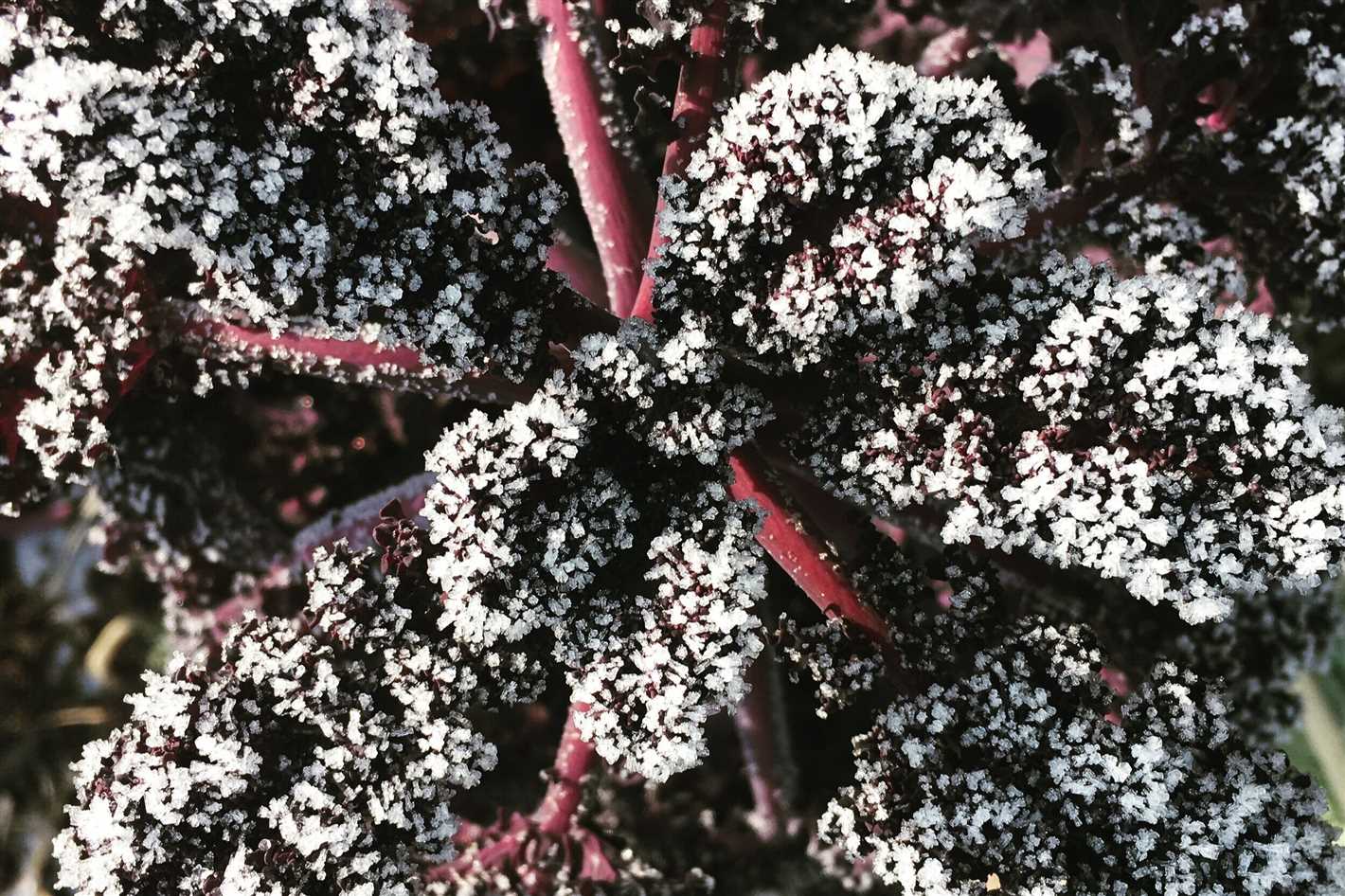
Mulching the soil around your winter crops can help regulate soil temperature, retain moisture, and suppress weed growth. Use a layer of organic mulch, such as straw or shredded leaves, to insulate the soil and protect the plants’ roots from extreme temperature fluctuations. It’s best to apply the mulch once the soil has cooled down in late fall or early winter.
8. Monitor for Pests and Diseases
Even during winter, pests and diseases can still be a threat to your plants. Check regularly for signs of damage or infestation, such as holes in leaves or wilting. Taking prompt action can help prevent the spread of pests and diseases and protect your crops. Consider using organic pest control methods, such as insecticidal soaps or homemade remedies.
9. Harvest Regularly
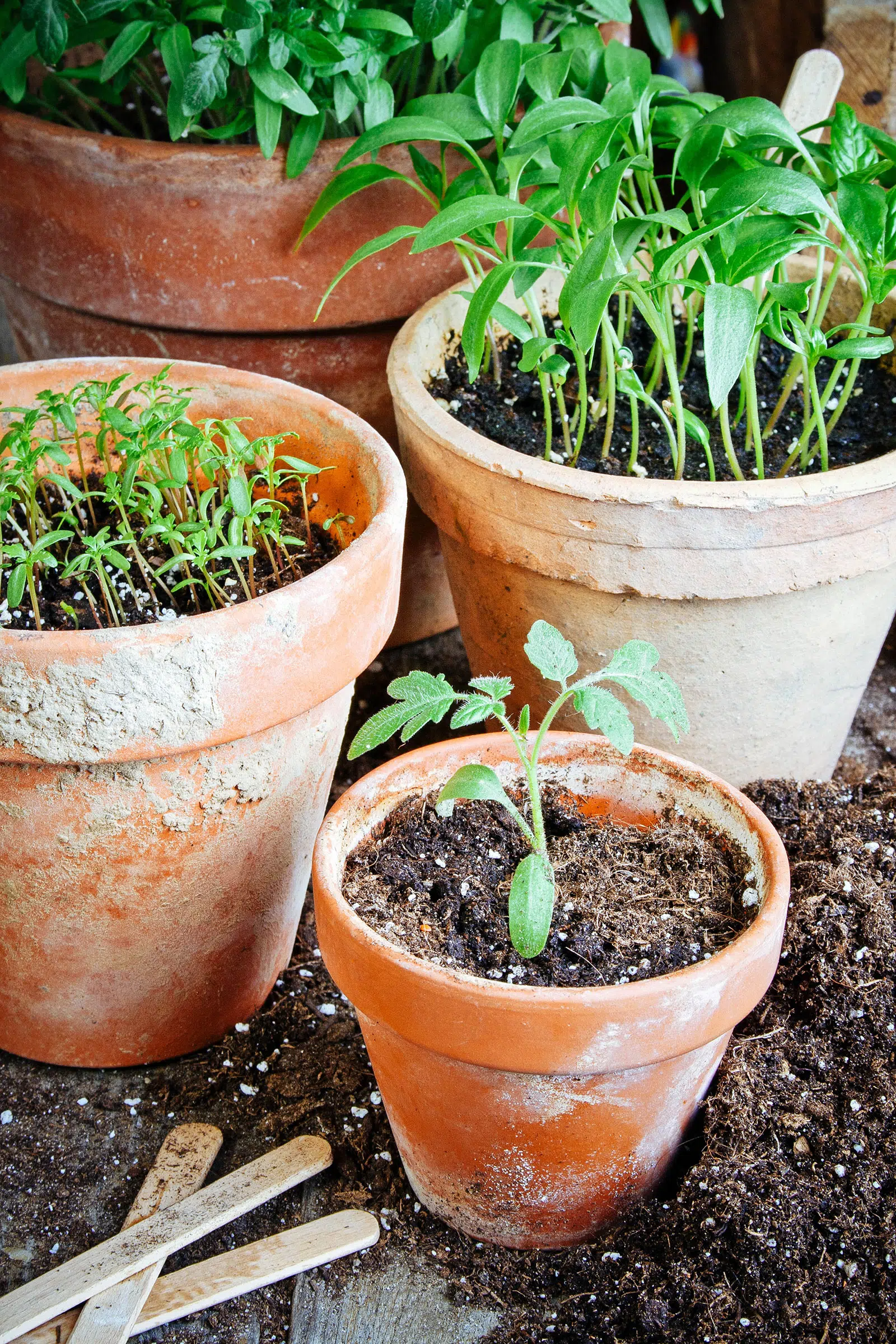
Harvesting regularly is essential for winter crops. It not only allows you to enjoy fresh produce throughout the season but also helps to prevent overcrowding and disease. Harvest leafy greens when they reach a usable size, rather than waiting for them to fully mature. Regular harvesting will encourage new growth and ensure a continuous supply of fresh produce.
10. Extend the Season with Season Extenders
If you live in an area with extremely cold winters, you can further extend your winter growing season by using season extenders. These can include hoop houses, cold frames, or even heated greenhouses. With the help of additional heat and protection from the elements, you can continue to grow crops throughout the winter months.
By following these tips, you can have a successful winter garden and enjoy fresh produce even during the coldest months of the year.
“Question-Answer”
Can I plant crops in the winter?
Yes, you can definitely plant crops in the winter. While it is less common, there are several crops that can thrive and be harvested during the winter months.
What are some examples of crops that can be planted in winter?
Some examples of crops that can be planted in winter include kale, Brussels sprouts, beets, carrots, radishes, and winter lettuces.
Why would I want to plant crops in the winter?
Planting winter crops can have several benefits. Firstly, it allows you to have fresh produce throughout the winter months when other crops may not be available. Secondly, it can help improve the soil health by preventing erosion and adding organic matter through cover crops. Lastly, it can be a rewarding challenge for gardeners to try something different and expand their growing season.
Do I need any special equipment or protection to plant crops in the winter?
Depending on your climate, you may need some special equipment or protection to plant crops in the winter. This can include using cold frames, row covers, or hoop houses to provide insulation and protect the plants from frost or extreme temperatures.
What is the best time to plant winter crops?
The best time to plant winter crops can vary depending on your location. In general, it is recommended to plant winter crops four to six weeks before the first expected frost date in your area.
Are there any specific considerations I should keep in mind when planting crops in the winter?
When planting crops in the winter, there are a few specific considerations to keep in mind. It’s important to choose cold-tolerant varieties that can withstand freezing temperatures. Additionally, you may need to provide extra care and attention to watering, as winter rain or snow may not be sufficient. Lastly, you should plan for proper crop rotation to avoid planting crops in the same family in consecutive years.
What are the benefits of winter gardening?
Winter gardening has several benefits. It allows you to continue gardening and enjoy fresh produce even during the colder months. It can also help improve soil health and fertility through the use of cover crops. Winter gardening can be a rewarding challenge and a way to expand your gardening skills and knowledge. Additionally, it can add beauty to your garden during the winter months with the vibrant colors of winter vegetables.







